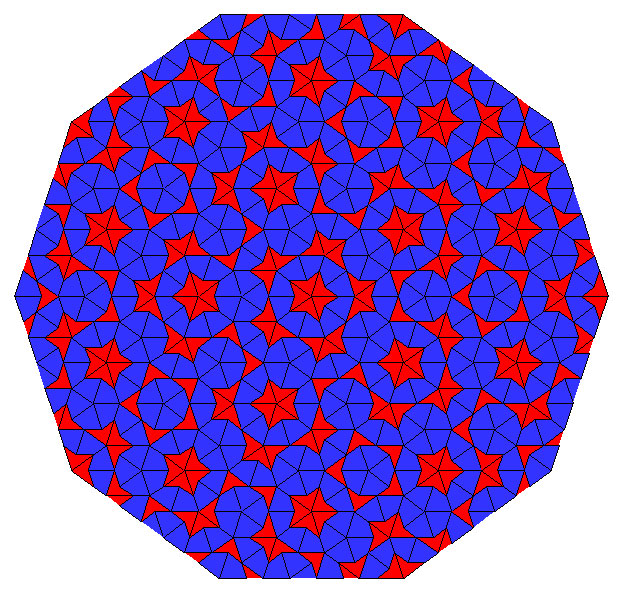* Constructing the golden cut of a line segment.
* The Golden rectangle and the golden triangles (constructions).
.jpg) |
 |
* Embedded golden rectangles and spirals.
* Fibonacci numbers.
.jpg) |
 |
* Bisecting a line segment.
* Constructing perpendicular or parallel lines.
* Subdividing segments into equal parts.
* Finding the center of a circle.
* Replicating angles.
* Other.
-> Can you bisect an angle ?
-> Can you trisect an angle ?
* Constructing the golden cut of a line segment.
* The Golden rectangle and the golden triangles (constructions).
* Embedded golden rectangles and spirals.
* Fibonacci numbers.
* What are they? (rearrangements of the points in the plane preserving distances).
* Three basic kinds: rotations, reflections (with respect to lines) and translations (every symmetry is a composition of the basic symmetries).
* Symmetries of a 2D object = symmetries that permute the points within the object.
* The symmetries of a bounded objects made of rotations and reflections. Translations could be symmetries only of unbounded objects.
 |
 |
* Similarities: rearrangement of the points in the plane preserving angles (but not necessarily distances).
* Tiling of a plane = a plane covered by nicely fitting 2 dimensional objects (usually filled polygons).
* Regular tiling: tiling with one type of a regular polygon; this can be done only with triangles, squares and hexagons.
* How to get Escher-like art.